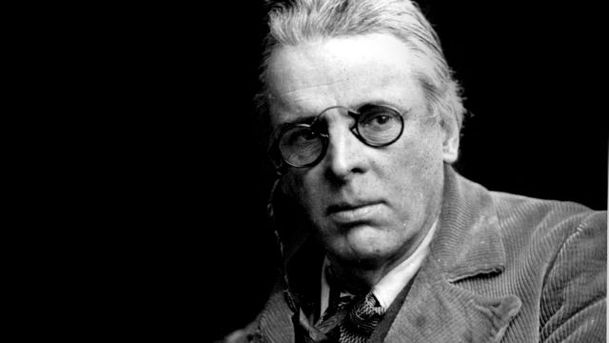And Go To Innisfree

Poet Kenneth Steven explores WB Yeats's The Lake Isle of Innisfree. In his famous poem, Yeats declared that he will 'arise ... and go to Innisfree', and Kenneth does exactly that: journeying from the Strand in London, where Yeats had the idea, to the the Lake Isle of Innisfree in Lough Gill, near Sligo, investigating why the poem strikes a chord with so many people. Yeats spent many childhood summers on Lough Gill, a large lake with several small islands. Then his family moved to London, to a depressingly grey area of Kensington. One day while he was walking along the Strand he saw in a shop a fountain with a ball balanced on top of the jet and, somehow, the water transported him imaginatively back to the lough and the Isle of Innisfree. So he wrote the short poem which became perhaps his best known, somewhat to his chagrin (he was once faced by 10,000 boy scouts, chanting it in unison). The poem is a work of contrasts, opposing the city with the country, crowds with solitude, and peace not with war (though the situation in Ireland at the time was tense) but with stress and anxiety. It also demonstrates the poet's early philosophical thinking. When he speaks of planting nine rows of beans and living in 'the bee-loud glade', it is clear that he has been reading Henry Thoreau's Walden Pond, which, as well as being radical in its environmental concerns, is about freedom, about the individual in relation to society (it was published with his great essay On Civil Disobedience) and about that society in relation to other powers. Kenneth Steven'a own life and work share similar concerns. He too is drawn to the remote and rural, and is deeply concerned with the cultural and political integrity of his country, Scotland. Here Kenneth explores all this on his journeying to the Lake Isle of Innisfree, starting, like Yeats, on the Strand in the rain, and while speaking to Yeats experts, historians and other poets, journeys from London to Sligo to Lough Gill and rows across to the Isle itself.